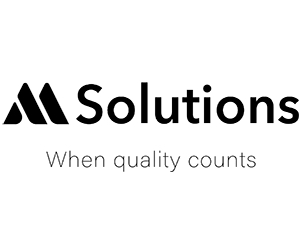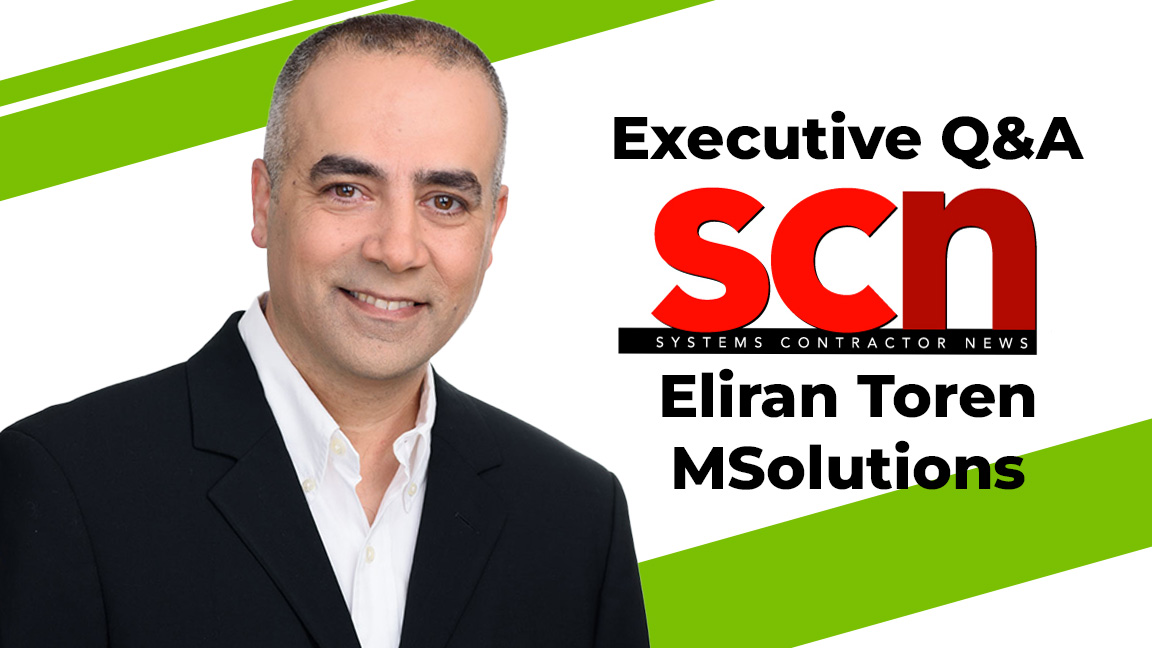SCN: What made you decide to start MSolutions?
Eliran Toren: After five-and-a-half years at Valens, I felt ready to move into a new phase of my professional career. My work at Valens required excessive travel, and over that time I developed strong industry relationships. That included hundreds of installers and dealers, and I learned their pain points. In the process, I developed an abundance of ideas that would help them better address their needs and solve problems along the way. I started MSolutions to coalesce these ideas around a vision that would bring affordable, problem-solving solutions to AV installers.
[Workplace 2025: HDBaseT Alliance]
SCN: How important has your previous experience at Valens been to the development of MSolutions product lines?
ET: My time at Valens, where HDBaseT was invented, instilled a strong knowledge of the foundational elements within the infrastructure as well as the possibilities it enabled for in-room AV connectivity. I understood what HDBaseT offered for the convergence of uncompressed video, audio, data, and more over longer distances, and the value that brought inside spaces such as meeting rooms, classrooms, and auditoriums, including a streamlined cabling infrastructure that reduced costs and clutter. That started with the extenders.

SCN: There are several distribution protocols out there, so why are you sold on HDBaseT?
ET: Beyond its foundational capabilities outlined above, the advances that come with HDBaseT 3.0 open up new technological opportunities for MSolutions. We have more bandwidth to work with and that allows us to be more creative on the product development side. We have 18 Gbps versus the 10 Gbps ceiling of HDBaseT 2.0 and AV over IP. And we do have an AV over IP product line that will continue to grow. For dedicated spaces, and especially those designed as collaborative environments, HDBaseT 3.0 has much more to offer for everyone through to the end user.
SCN: What makes your TestPro products stand out?
ET: The most important takeaway is that the MSTestPro is the only test solution approved by the HDBaseT organization. It is a handheld device that gives installers direct access to important parameters related to system performance. That includes the presence and quality of AV signals moving through the system, as well as the structural integrity of the cables that carry these signals. The results are displayed on a GUI and provide installers immediate understanding of what actions, if any, are required.
As more USB-C ports are added to displays, you’ll see HDMI connectivity gradually fade from view over time.
Another important feature is that the MSTestPro is an all-inclusive solution to support the testing, analysis, and certification of HDBaseT, HDMI, USB, and DC resistance, with modules specific to each that attach to the tester. Our newly enhanced UCT module is the AV industry’s only dedicated solution for qualifying USB-C cables and interfaces, verifying wire mapping, USB version compliance, alternate mode support, data lane structure, and power delivery. This is an important value-add with the increased presence of USB-C in meeting and learning spaces.
SCN: You test and manufacture cables—so, what’s the secret to building a reliable professional cable?
ET: We supply a cable with every device we manufacture. When we sell a USB extender, it’s important that we provide the installer with the correct corresponding USB cable. The USB world is very complex, with many different versions and specifications. Buying an off-the-shelf USB cable can be a gamble for compatibility as well as structural integrity. We build all our cables to exacting specifications. There are no missing wires and no shorts on the connectors.
SCN: What bad habits should AV professionals avoid to help their cables last longer?
ET: The testing needs to be thorough and needs to be done across the entire system. It amazes us to this day how many systems go remarkably undertested. Confirming the presence of an image will not tell the entire story. If the image is on the edge of failure, something as simple as turning on the air conditioner or lowering the shade can result in loss of image. Our modules attach directly to the cable, which makes it easy to test cable integrity at very precise points.
SCN: How important has USB-C become for the Pro AV industry?
ET: USB-C will fully dominate in the coming years. USB-C has the power to carry everything needed in an AV environment over a single wire, with the added simplicity of a small connector. There is less ongoing expense in comparison to HDMI. The latest signs of USB-C domination is the inclusion of USB-C ports on displays from companies like Lenovo. As more USB-C ports are added to displays, you’ll see HDMI connectivity gradually fade from view over time.
SCN: Speaking of USB-C, I saw a new meeting room connectivity solution at your ISE 2025 booth. What makes the MS-63DOC unique?
ET: It all comes down to simplicity. The MS-DOC63 is at the core of our 1Connect meeting room ecosystem, which more specifically is anchored through the MS-63DOC Docking Extender Kit. That kit pairs host and device MS-DOC63 units for AV and USB transport. On the front end, a single USB-C cable connects the originating source, such as a presenter’s laptop, to the local MS-63DOC host device.
The host unit acts as a docking station gateway, maintaining single-cable efficiency by moving all signals (including control) to an MS-63DOC device unit over Category cable. The device unit functions as a robust docking extender and unlocks all connections to destinations on the back end. Those connections can include up to two displays (via HDMI), a USB or PTZ camera (via USB 3.2 or USB-C connections), and a digital or analog audio speaker output.
The MS-DOC63 is instrumental as to how 1Connect seamlessly unifies AV and USB signals on the front end while delivering unmatched flexibility and integration on the back end. At InfoComm, we will introduce the MS-63DOC-P unit, which offers the same functionality plus 60 watts of device charging.
SCN: MSolutions also has KVM solutions, so I have to ask: Are you Team Traditional KVM or Team KVM over IP?
ET: We remain both proponents and suppliers of both. Smaller meeting spaces, classrooms, and huddle rooms need point-to-point connections. That is all that is needed to do the job, because the spaces are small and the technology requirements are minimal. KVM over IP can be useful for larger meeting spaces with more IP networking needs, but its real value is for facilities with 50 or more meeting spaces. That’s a sound threshold for making that leap.
[The Integration Guide to KVM 2025]
SCN: What’s next for MSolutions?
ET: We are actively building out a business infrastructure in North America that is anchored through a distribution channel. Stirling Communications has been a strong partner for us in the Northeast and Mid-Atlantic. We are continuing to build our North American structure to include more dealers.

